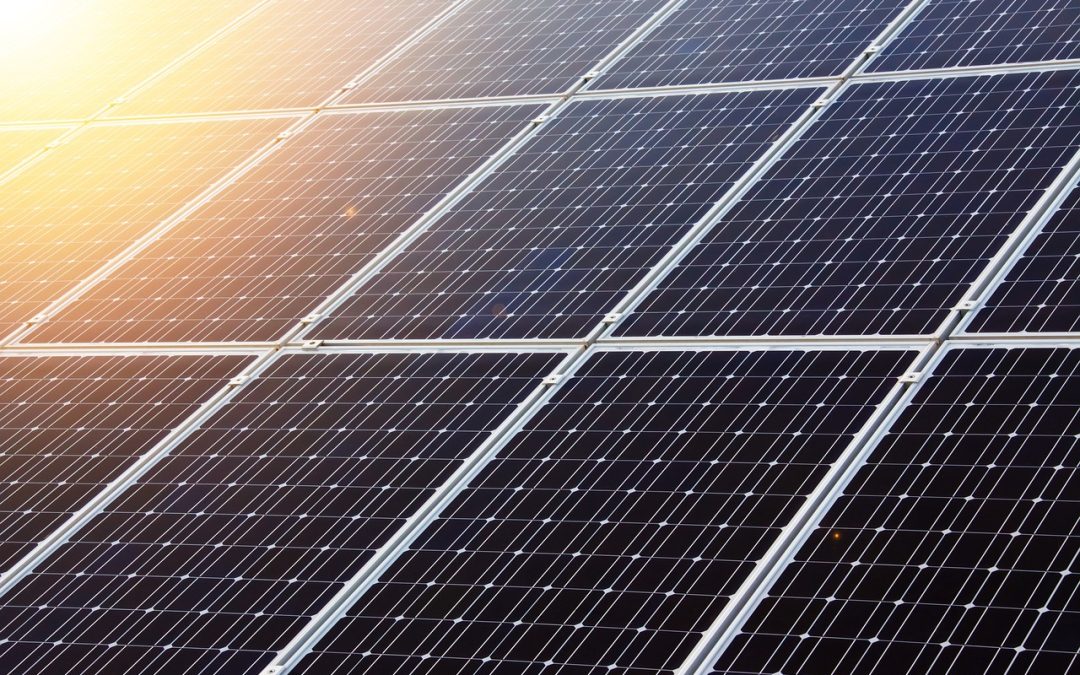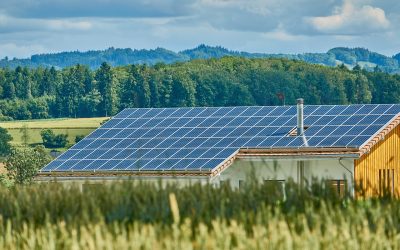Imagine never having to worry about running out of energy during the day. With consistent energy generation during daylight hours, you can say goodbye to those moments of panic when your devices are about to die or when you’re left in the dark during a blackout. Gone are the days of constantly searching for a power outlet or relying on the whims of the weather. Discover how this groundbreaking innovation can change the way we power our lives and revolutionize the energy industry as a whole.
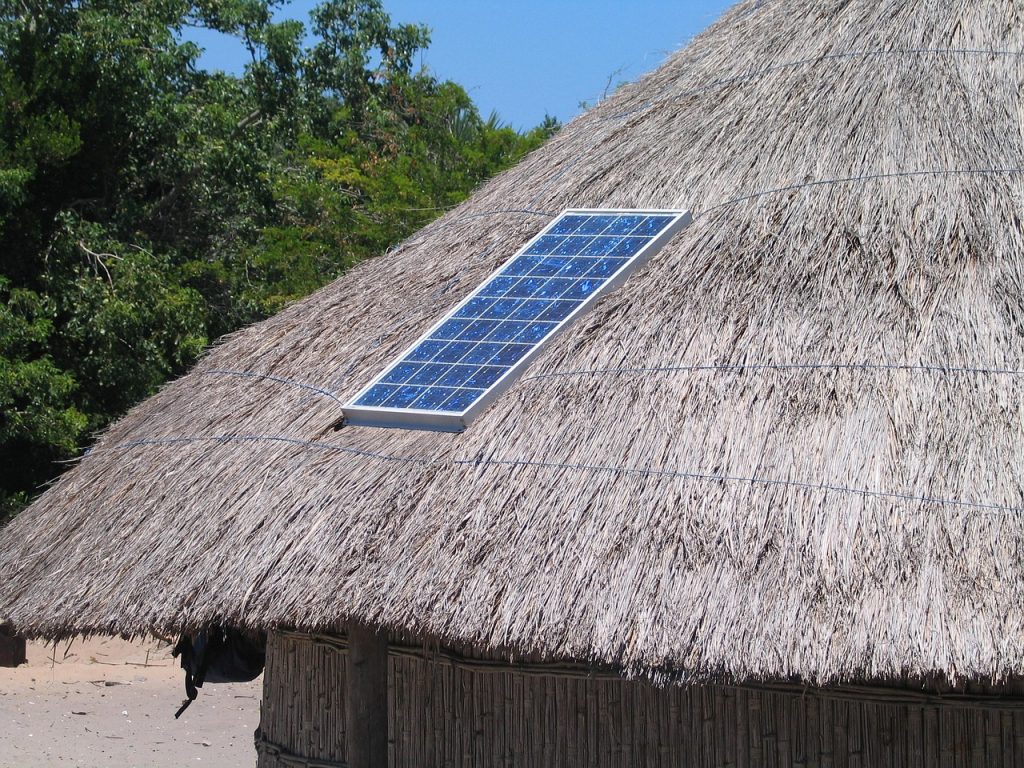
Maximizing Solar Power
Installation of Solar Panels
To maximize solar power generation, the first step is to install solar panels on your property. Solar panels are made up of photovoltaic cells that convert sunlight into electricity. When installing solar panels, it is important to consider the orientation and angle to ensure maximum exposure to sunlight. Placing them on a south-facing roof or mounting them on a ground-mounted system can help optimize their performance.
Proper Orientation and Angle
The orientation and angle of solar panels play a crucial role in maximizing their efficiency. Orienting the panels towards the south in the northern hemisphere or towards the north in the southern hemisphere ensures that they receive the most sunlight throughout the day. Additionally, adjusting the tilt angle of the panels to match the latitude of your location can further optimize their energy generation.
Regular Cleaning and Maintenance
To ensure the efficiency and longevity of your solar panel system, regular cleaning and maintenance are essential. Dust, dirt, and debris can accumulate on the panels over time, reducing their effectiveness. Cleaning the panels with water and a soft cloth or using a gentle spray can help remove any buildup. In addition, inspecting the panels for any damage or malfunctions and scheduling regular maintenance checks can help identify and address any issues early on.
Utilizing Energy Storage Systems
Batteries
Energy storage systems, such as batteries, can maximize the utilization of solar power. By storing excess energy generated during the day, batteries allow you to use it during the night or on cloudy days when sunlight is limited. This helps ensure a consistent energy supply and reduces reliance on the grid. Batteries come in different sizes and capacities, depending on your energy storage needs.
Flywheels
Flywheels are another energy storage solution that can be used to maximize the efficiency of solar power. They store energy through the rotation of a spinning wheel, which can be released when needed. Flywheels are known for their rapid response time and high cycling capacity, making them suitable for short-term energy storage and managing fluctuations in solar power generation.
Molten Salt Energy Storage
Molten salt energy storage systems utilize the heat generated by solar thermal power plants to store energy. The heat is used to heat the salt, which can be stored and used to generate electricity even when the sun is not shining. This method of energy storage allows for continuous power generation during nighttime or periods of low solar radiation.
Implementing Grid Integration
Smart Grid Technology
Smart grid technology facilitates the integration of solar power into the existing power grid. It enables real-time communication and coordination between various components of the grid, including solar power systems, energy storage systems, and consumers. By optimizing the distribution and consumption of electricity, smart grid technology helps maximize the utilization of solar power and ensures a reliable energy supply.
Distributed Energy Generation
Distributed energy generation involves generating electricity from multiple sources, including solar power, on a smaller scale and closer to the point of consumption. This decentralized approach reduces transmission losses and improves energy efficiency. By integrating solar power into distributed energy generation systems, excess energy generated can be directed to nearby consumers, further maximizing the utilization of solar power.
Microgrids
Microgrids are localized grids that can operate independently or in conjunction with the main power grid. Integrating solar power into microgrids allows for enhanced energy self-sufficiency and resilience. During daylight hours, solar power can be the primary energy source for the microgrid, reducing reliance on the main grid and increasing the overall reliability and stability of the energy system.
Optimizing Energy Efficiency
Energy Audits and Retrofits
Conducting energy audits and implementing retrofits can help optimize the energy efficiency of buildings and processes. Energy audits involve assessing energy consumption patterns, identifying areas of inefficiency, and recommending improvements. Retrofits may include upgrading insulation, sealing air leaks, and installing energy-efficient lighting and appliances. By reducing overall energy consumption, the solar power generated can be utilized more effectively.
Energy-Efficient Appliances
Using energy-efficient appliances can significantly contribute to maximizing solar power utilization. Appliances with higher energy efficiency ratings consume less electricity to perform the same tasks, reducing overall energy demand. When powered by solar energy, energy-efficient appliances can help optimize the utilization of solar power and minimize reliance on the grid during daylight hours.
Improved Building Insulation
Proper insulation in buildings can have a significant impact on energy efficiency. Well-insulated buildings can retain the cool or warm air generated, reducing the need for heating or cooling systems to compensate for thermal losses. With reduced energy demand for climate control, more solar power can be utilized for other purposes, such as powering electrical appliances or charging electric vehicles.
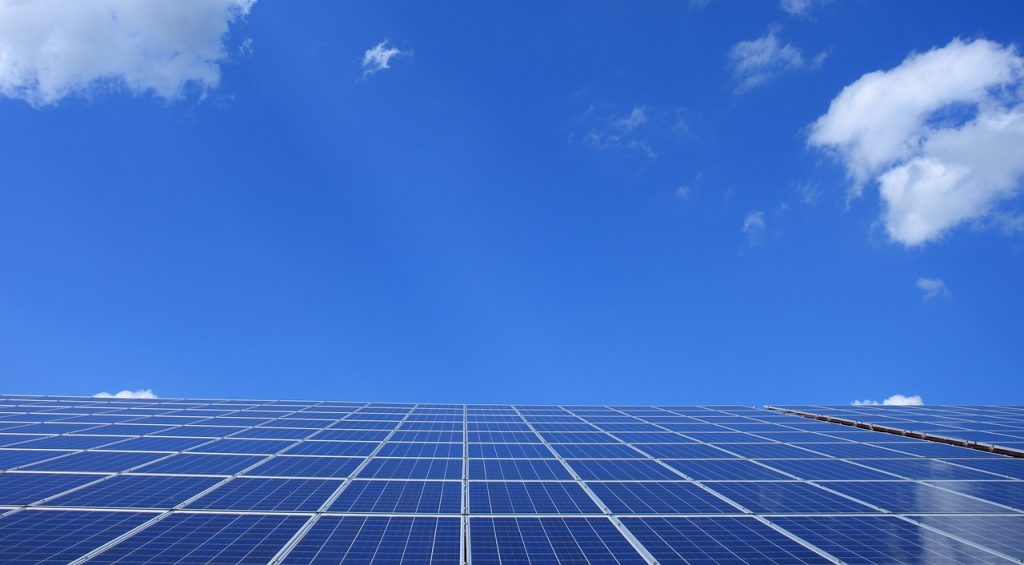
Incorporating Tracking Systems
Solar Trackers
Solar trackers are devices that follow the movement of the sun throughout the day, maximizing the amount of sunlight captured by the solar panels. By automatically adjusting the angle and orientation of the panels to face the sun directly, solar trackers can enhance solar power generation by up to 25%. This technology ensures that solar panels operate at their maximum efficiency, regardless of the sun’s position in the sky.
Sunflower-Like Solar Arrays
Inspired by the sunflower’s ability to track the sun, sunflower-like solar arrays are designed to move and orient themselves towards the sun using minimal energy. These solar arrays combine the benefits of solar trackers with a lightweight and dynamic structure. The movement of the sunflower-like solar arrays allows for optimal sunlight exposure, maximizing solar power generation.
Dual-Axis Solar Tracking
Dual-axis solar tracking systems offer even greater precision in aligning the solar panels with the sun. These systems not only track the sun’s movement horizontally but also adjust the tilt angle of the panels vertically. By continuously optimizing the position of the panels, dual-axis solar tracking ensures the highest possible energy generation and utilization throughout the day.
Deploying Concentrated Solar Power
Parabolic Trough Systems
Parabolic trough systems use curved mirrors to concentrate sunlight onto a receiver tube positioned at the focal point. The concentrated sunlight generates heat, which is used to produce steam and drive a turbine for electricity generation. By focusing solar energy onto a small area, parabolic trough systems can achieve higher temperatures and generate electricity even when sunlight is not abundant.
Solar Power Towers
Solar power towers, also known as central receiver systems, use a large field of mirrors, called heliostats, to concentrate sunlight onto a central receiver tower. The receiver absorbs the concentrated sunlight and heats a fluid, which is then used to generate electricity through a steam turbine. Solar power towers offer high-temperature operation, allowing for efficient power generation and energy storage.
Dish-Stirling Systems
Dish-Stirling systems consist of a parabolic dish reflector that concentrates sunlight onto a small engine, called a Stirling engine. The engine operates on a temperature difference, converting the heat from concentrated sunlight into mechanical power, which is then converted into electricity. Dish-Stirling systems can be easily integrated into existing power grids or used as standalone systems, maximizing the utilization of solar power.
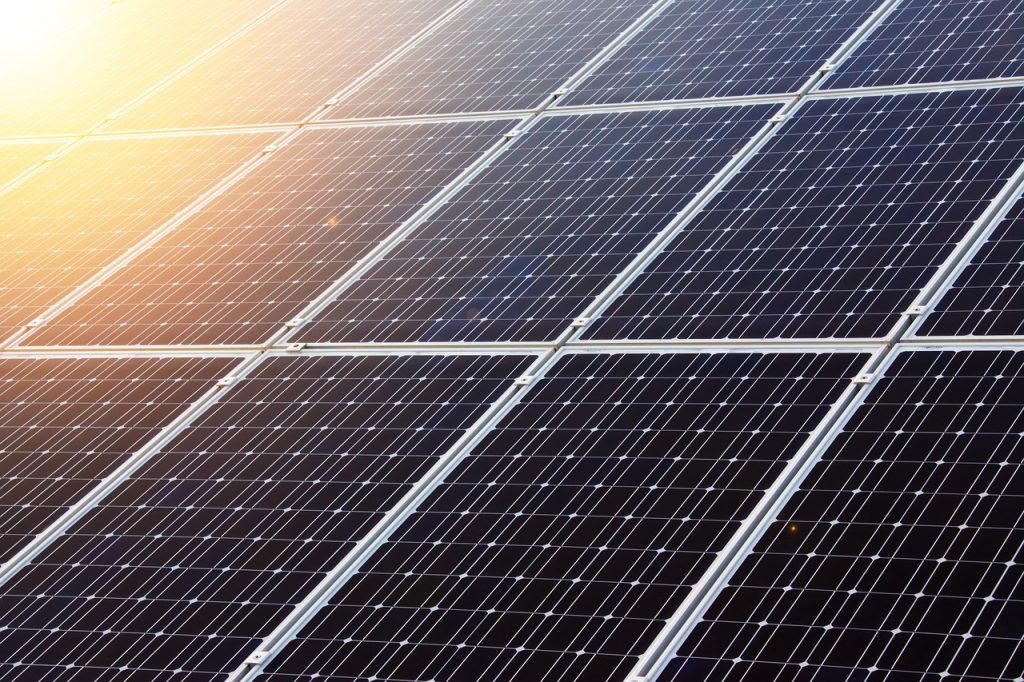
Using Multi-Junction Solar Cells
Triple-Junction Solar Cells
Triple-junction solar cells are composed of multiple layers of semiconductors that can absorb different wavelengths of light. This allows them to convert a broader spectrum of sunlight into electricity, enhancing their energy conversion efficiency. By utilizing triple-junction solar cells, more solar energy can be converted into usable electricity, maximizing the power output of solar panels.
Quadruple-Junction Solar Cells
Quadruple-junction solar cells take multi-junction technology a step further by incorporating four layers of semiconductors to capture even more sunlight. This advanced technology enables a higher efficiency in converting solar energy into electricity. Quadruple-junction solar cells are particularly suited for concentrated solar power systems, where high levels of direct sunlight can be concentrated onto small areas.
Advantages and Challenges
Multi-junction solar cells offer several advantages over traditional silicon-based solar cells, including higher energy conversion efficiency and broader light absorption capabilities. However, their production costs are still relatively high, making them more suitable for specialized applications where high efficiency is crucial. Ongoing research and development efforts aim to overcome these challenges and make multi-junction solar cells more affordable and accessible for widespread use.
Harnessing Hybrid Systems
Solar-Wind Hybrid
Combining solar and wind power systems in a hybrid configuration can maximize renewable energy generation throughout the day. Solar power is typically more abundant during daylight hours, while wind power is more prevalent during the night. By harnessing both energy sources, a solar-wind hybrid system can provide a more consistent and reliable supply of renewable energy, minimizing the need for backup power from the grid.
Solar-Hydro Hybrid
Integrating solar power with hydroelectricity can create a robust hybrid system. During daylight hours, solar power can be used to supplement the electricity generated by a hydroelectric power plant, reducing the reliance on water flow for generation. This combination allows for continuous power generation throughout the day, improving utilization and increasing energy reliability.
Solar-Diesel Hybrid
In areas where grid access is limited, solar-diesel hybrid systems can be an effective solution. Solar power can provide the primary energy source during daylight hours, while diesel generators can be used as backup power when the sun is not shining. This hybrid configuration reduces diesel fuel consumption, lowers greenhouse gas emissions, and enhances the overall energy efficiency of the system.
Implementing Solar Energy Forecasting
Models and Algorithms
Solar energy forecasting uses mathematical models and algorithms to predict the amount of solar power that will be generated at a specific location and time. These models take into account various factors, such as weather conditions, solar radiation, and historical data. By accurately forecasting solar energy production, operators can optimize the utilization of solar power, plan for energy storage requirements, and schedule grid interactions effectively.
Weather Monitoring Systems
Weather monitoring systems play a crucial role in solar energy forecasting. A comprehensive understanding of weather patterns, including cloud cover, sunlight intensity, and wind speed, helps improve the accuracy of solar power predictions. By integrating real-time weather data into forecasting models, operators can make informed decisions about the deployment and utilization of solar power resources.
Real-Time Adjustments
Real-time adjustments based on solar energy forecasting can optimize solar power utilization. By receiving accurate and up-to-date information about solar energy production, operators can dynamically adjust energy consumption, storage, and grid interactions. This ensures the efficient utilization of solar power resources and reduces reliance on non-renewable energy sources.
Tapping into New Technologies
Perovskite Solar Cells
Perovskite solar cells are a promising new technology that has gained attention for their high energy conversion efficiency and low production costs. These cells are made from a class of materials called perovskites, which can be processed using low-cost and scalable manufacturing techniques. Perovskite solar cells show great potential in maximizing solar power generation while making renewable energy more accessible and affordable.
Solar Windows
Solar windows are transparent photovoltaic cells integrated into the windows of buildings. These windows allow natural light to pass through while capturing the sunlight and converting it into electricity. By utilizing the surface area of windows, solar windows provide a dual function of providing daylight and generating electricity. This technology can be particularly effective in urban areas where space for traditional solar panels is limited.
Artificial Photosynthesis
Artificial photosynthesis is a cutting-edge technology that aims to mimic the process of natural photosynthesis to produce clean fuels, such as hydrogen, using solar energy. By utilizing sunlight, artificial photosynthesis systems can split water molecules to generate hydrogen, which can be used as a clean and renewable fuel source. This technology holds great potential for maximizing solar power utilization in the form of sustainable energy storage and fuel production.
In conclusion, maximizing solar power involves various strategies and technologies. From proper installation and orientation of solar panels to utilizing energy storage systems and implementing grid integration, there are numerous ways to optimize the utilization of solar energy. Incorporating tracking systems, deploying concentrated solar power, using multi-junction solar cells, harnessing hybrid systems, implementing solar energy forecasting, and tapping into new technologies like perovskite solar cells, solar windows, and artificial photosynthesis, further enhance the potential of solar power generation. By adopting these comprehensive approaches and continuously advancing solar technologies, we can make significant strides towards a more sustainable and energy-efficient future.

